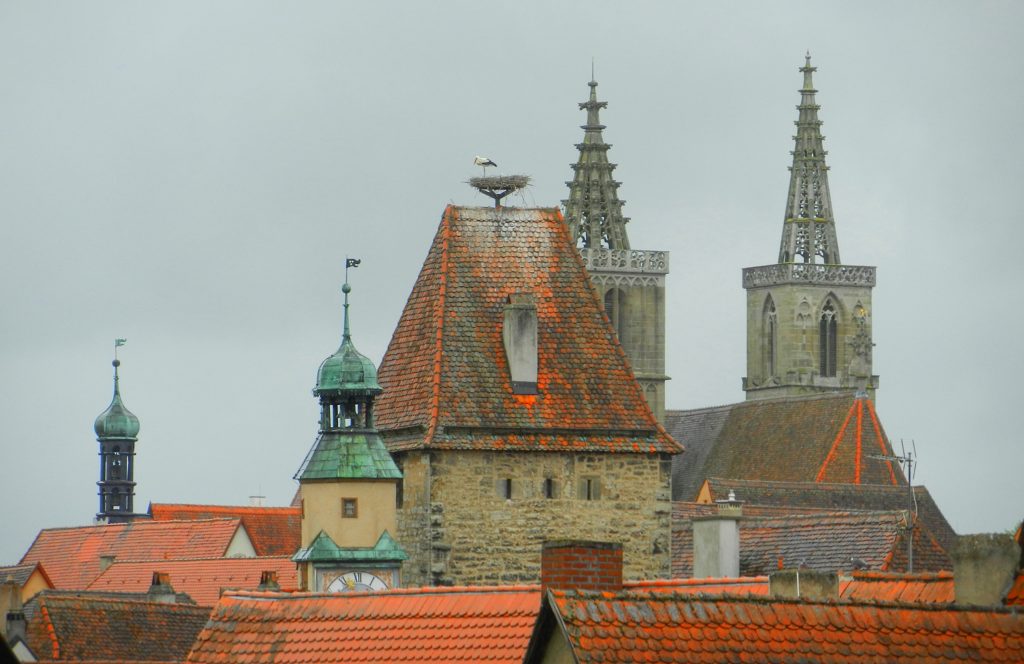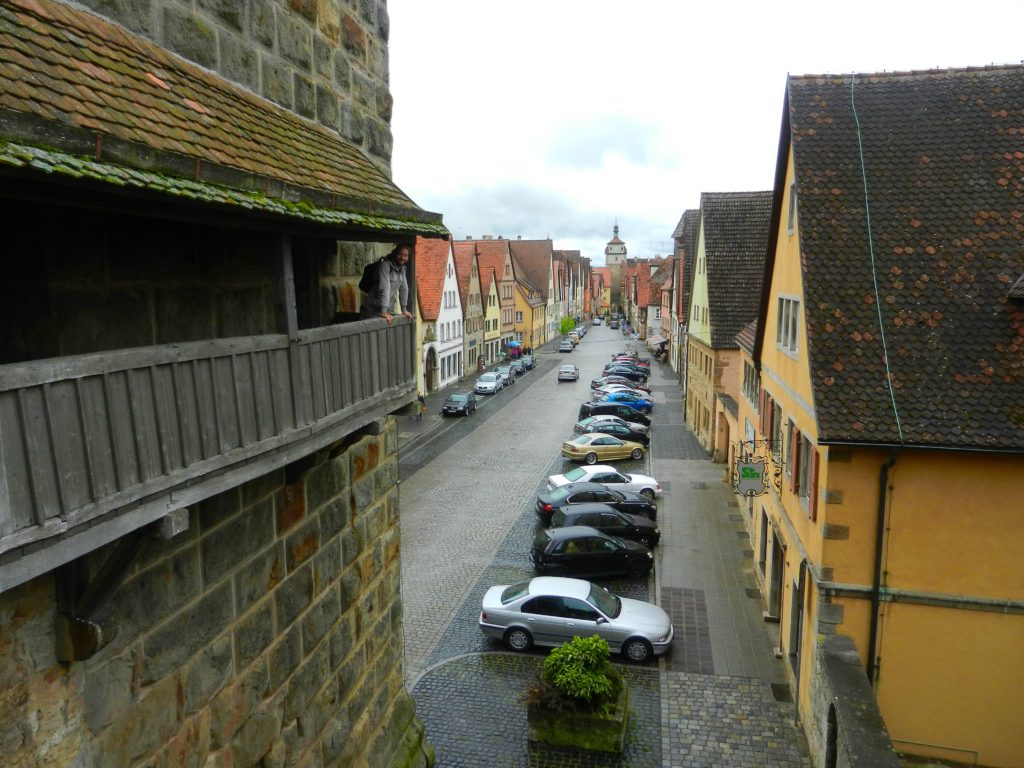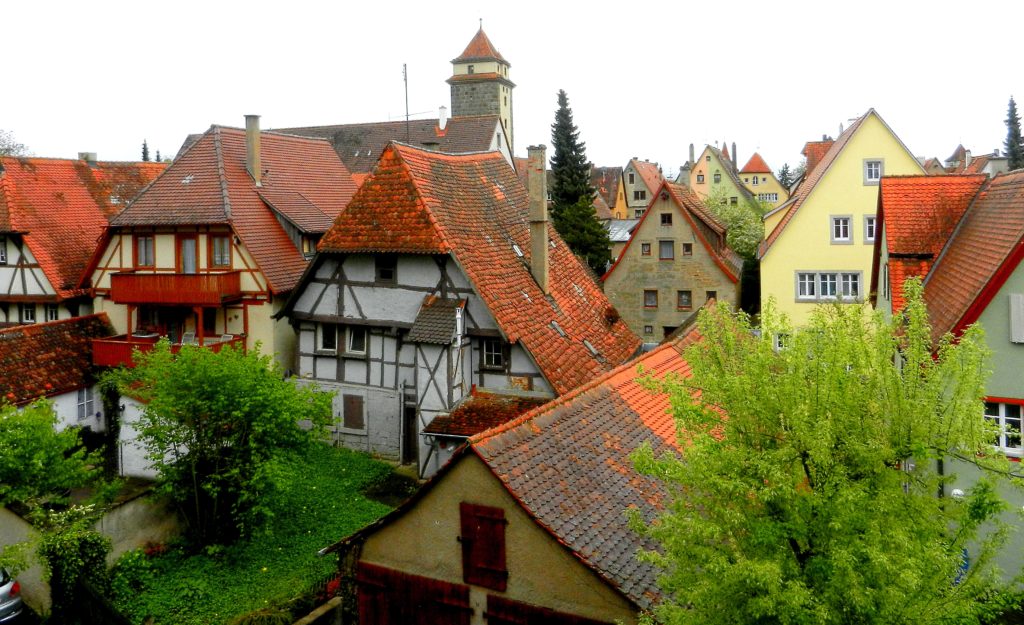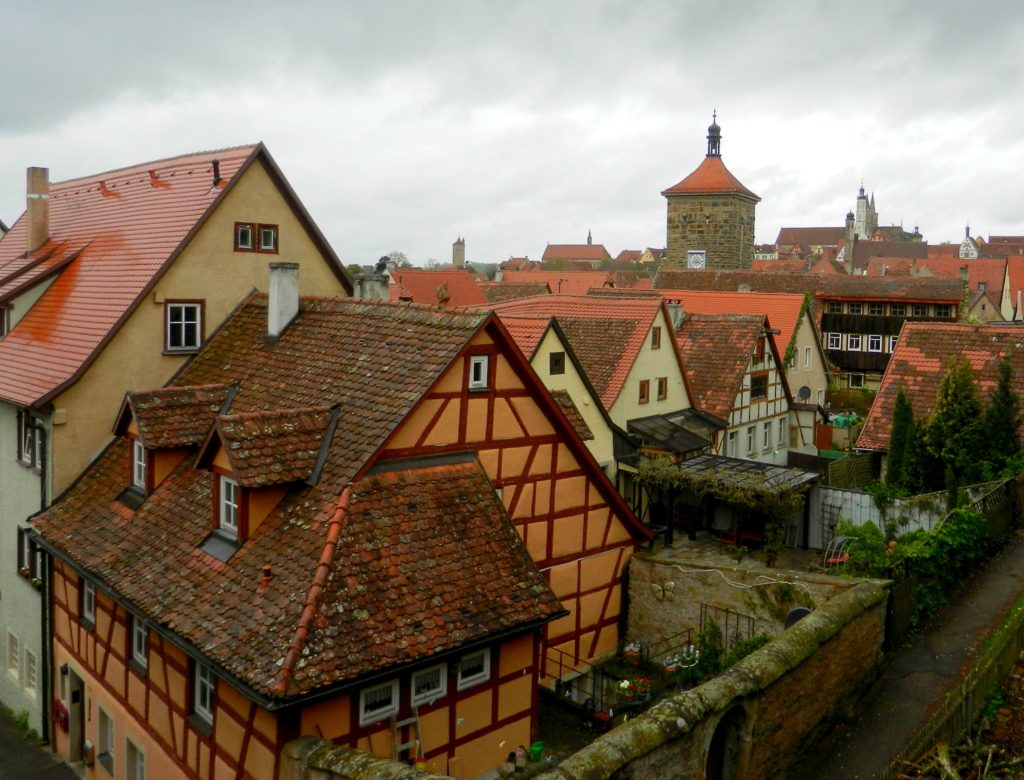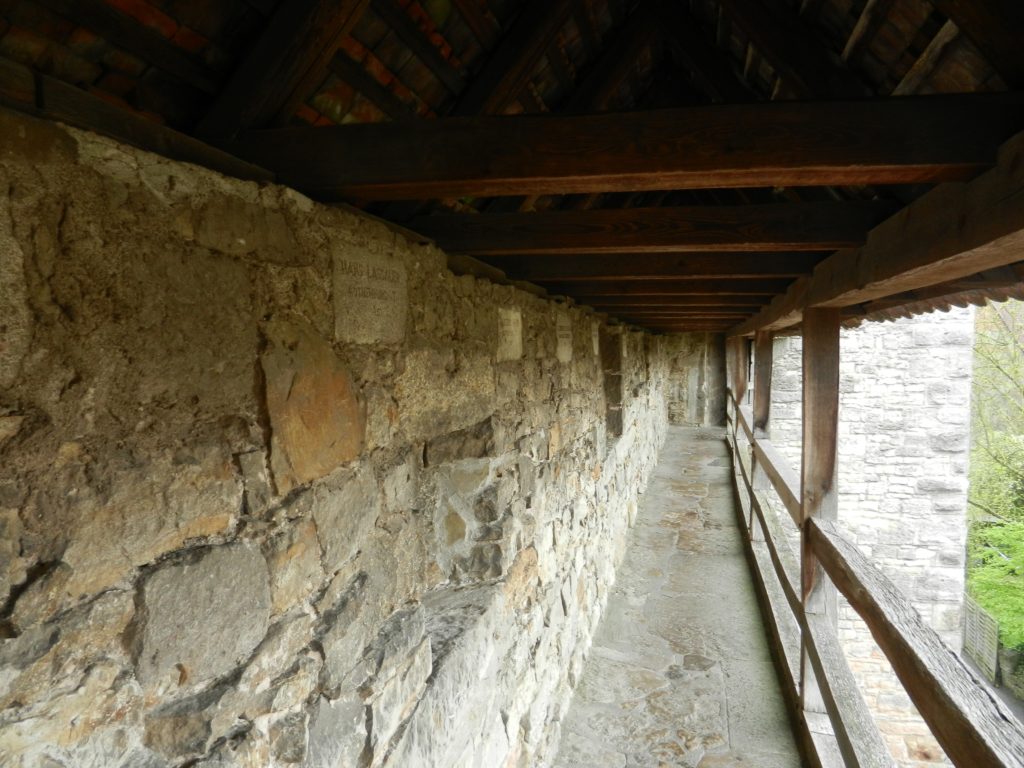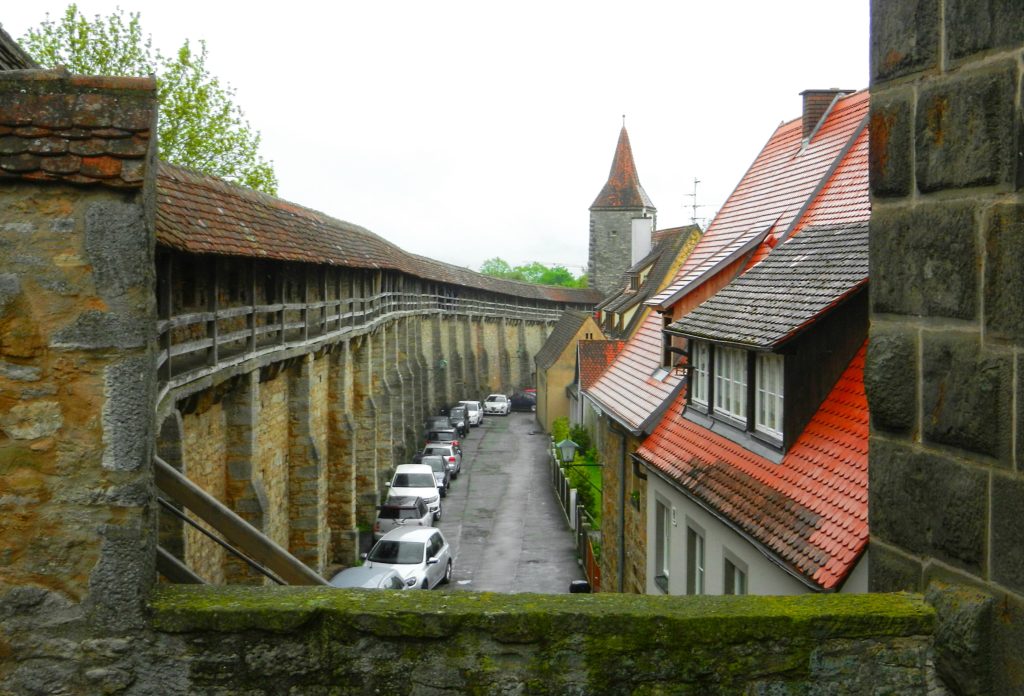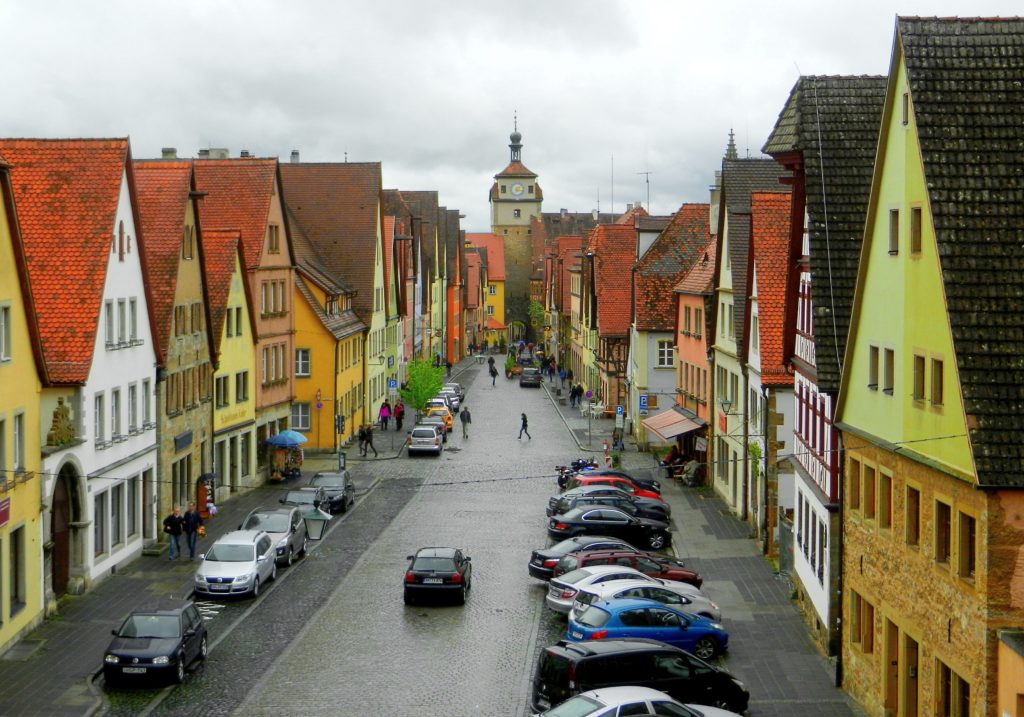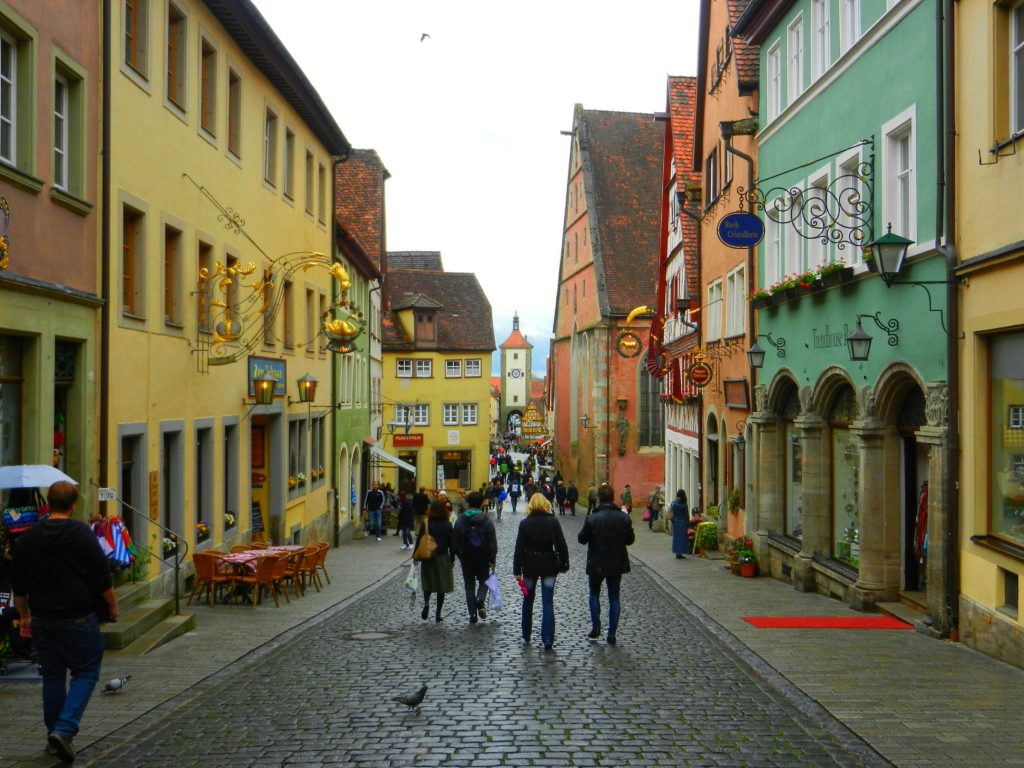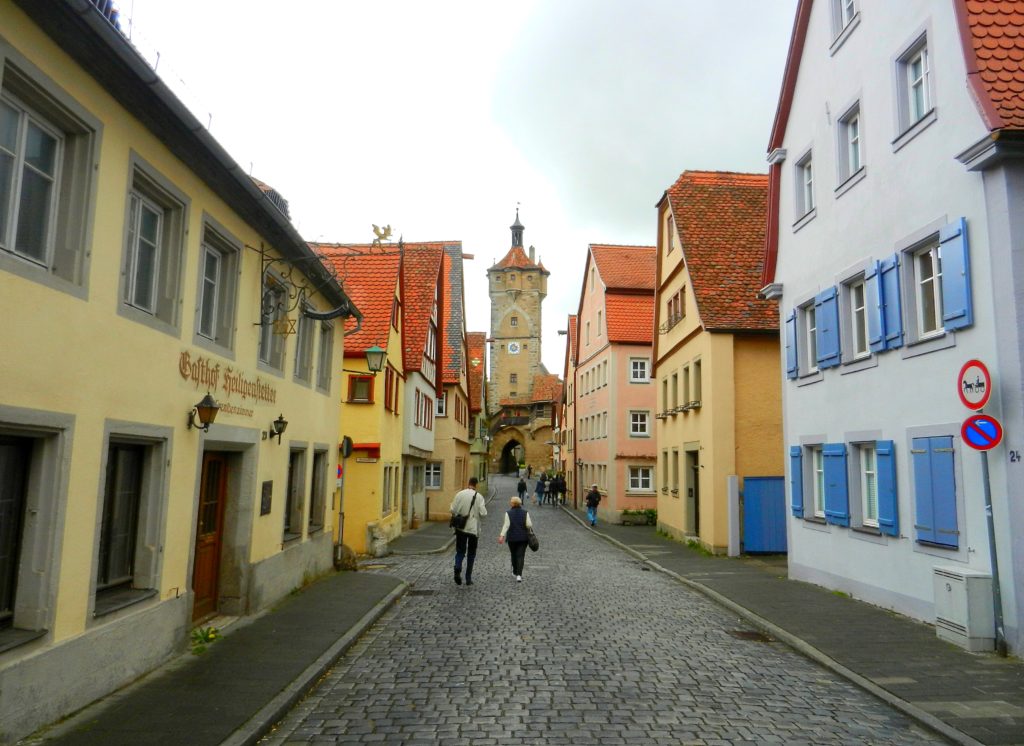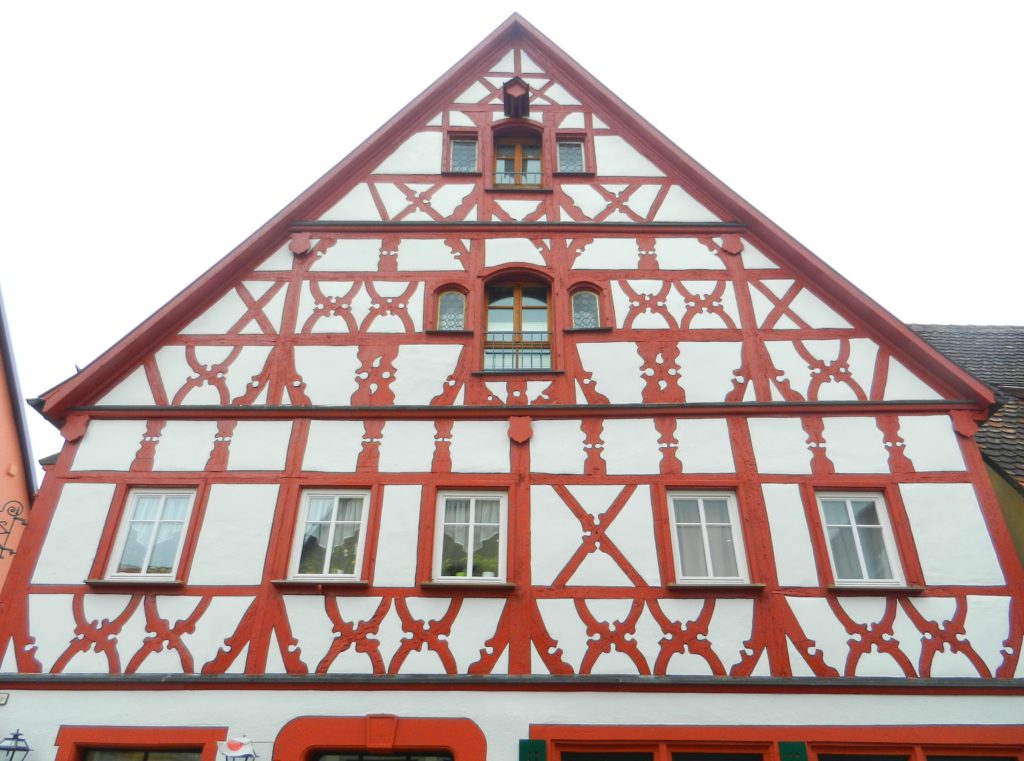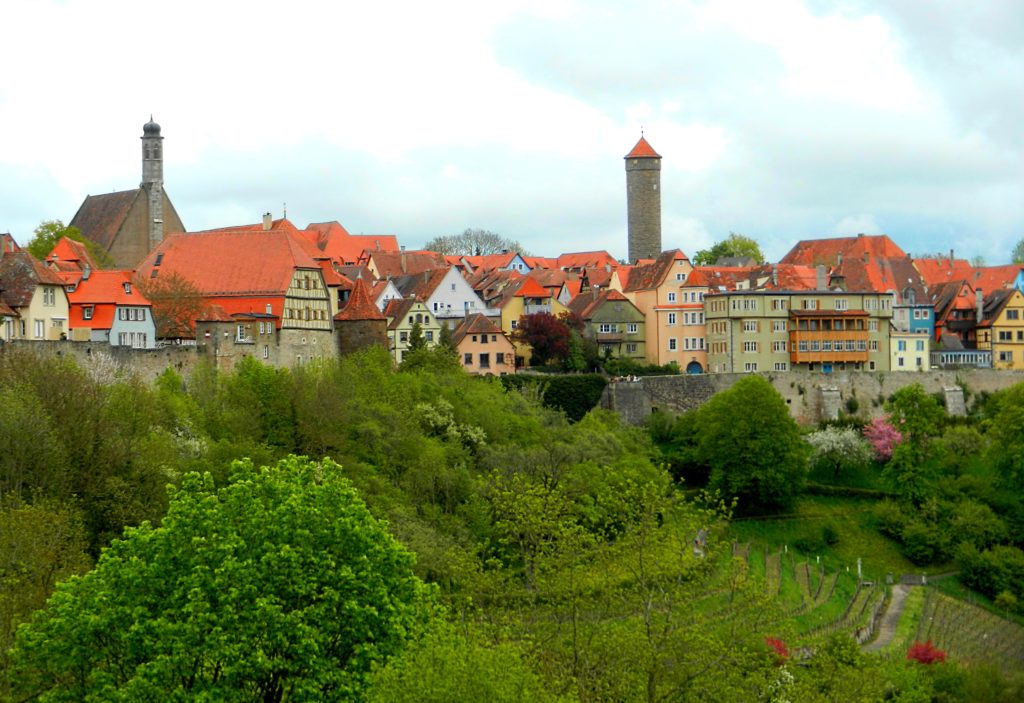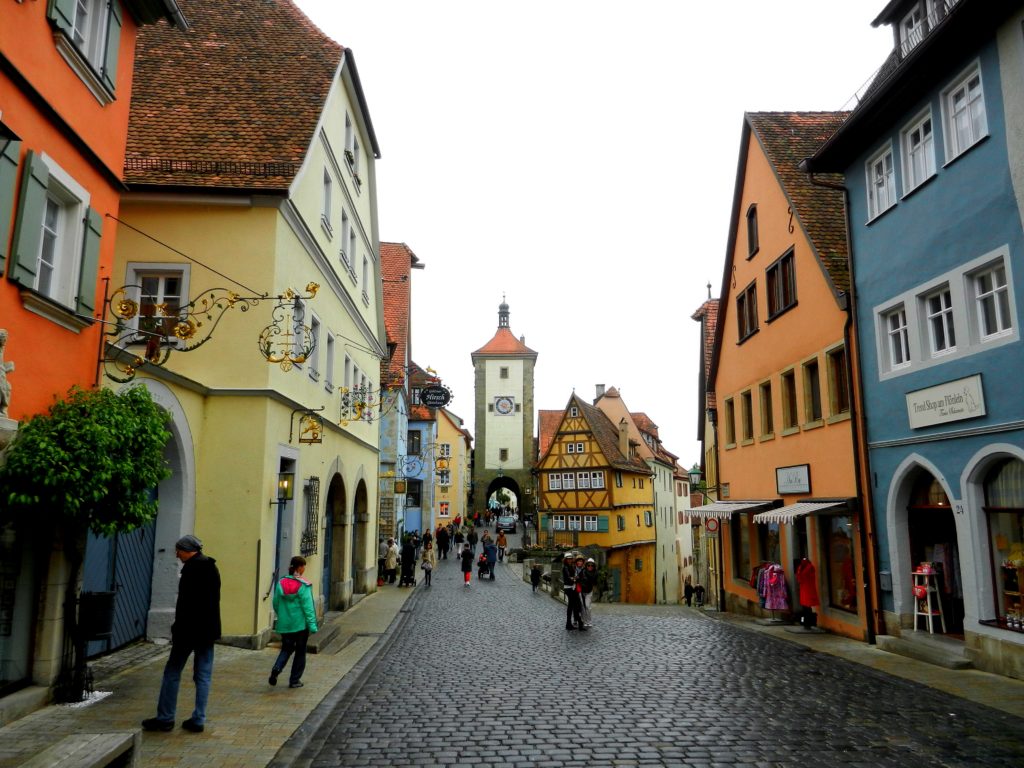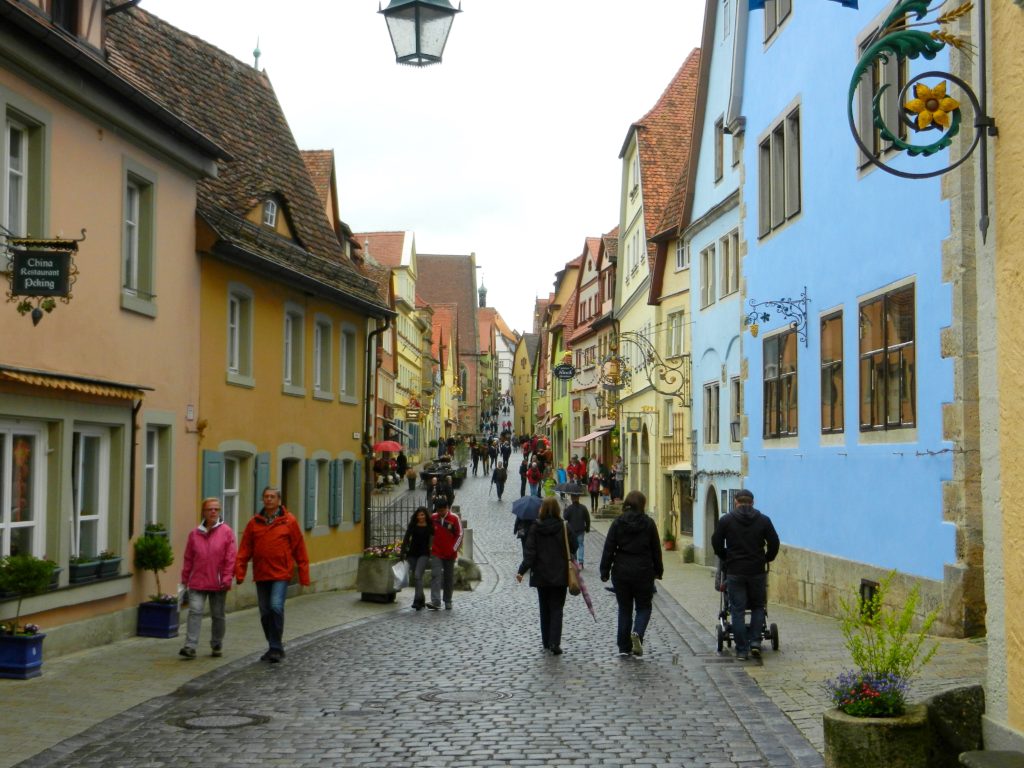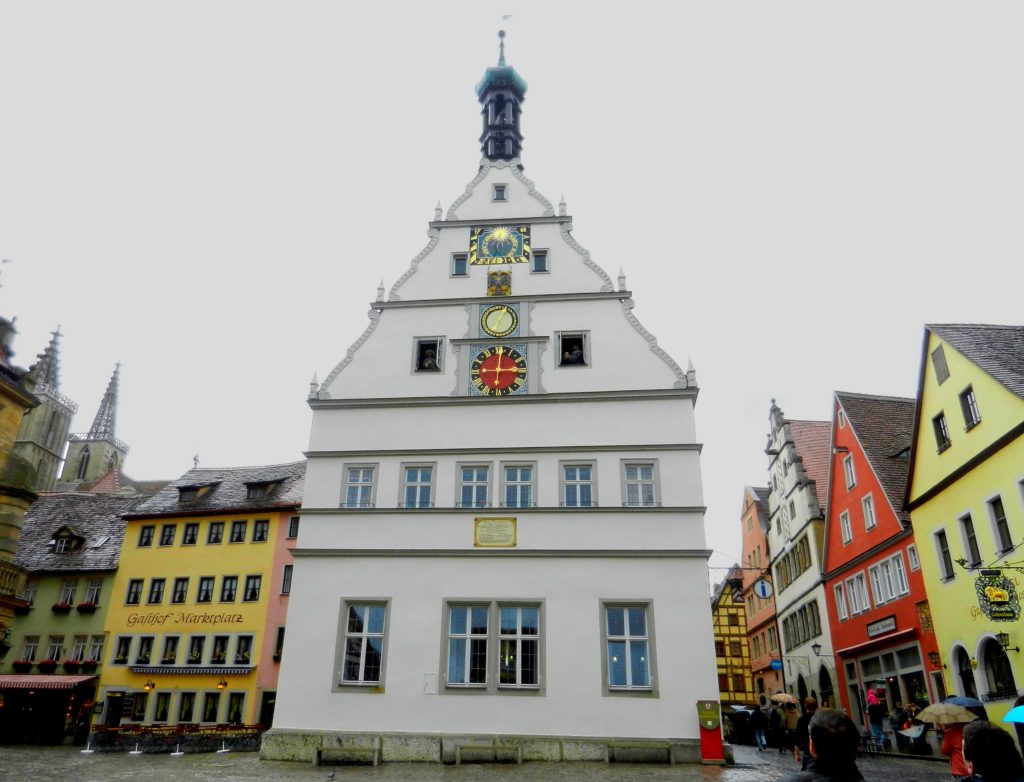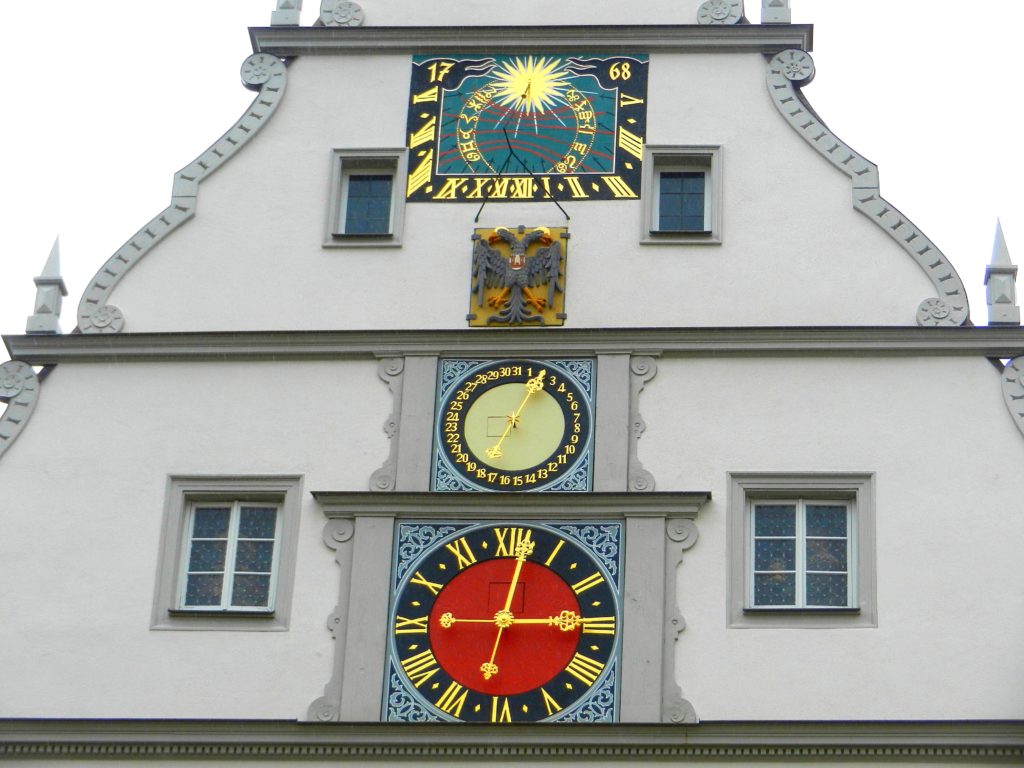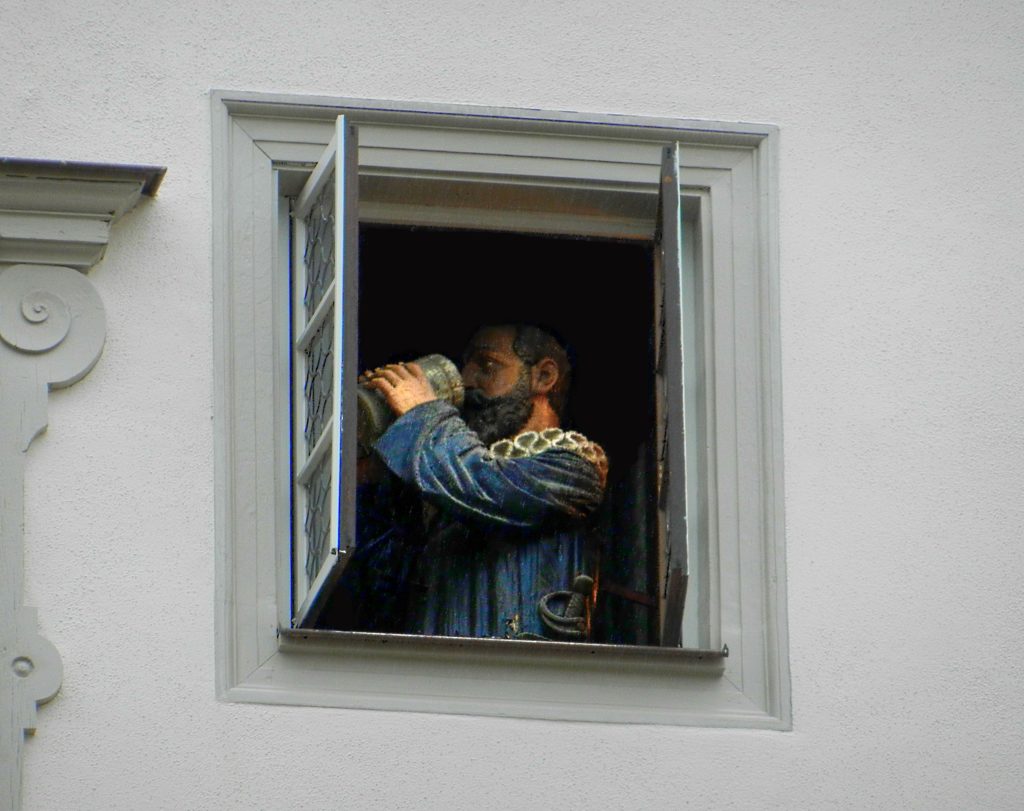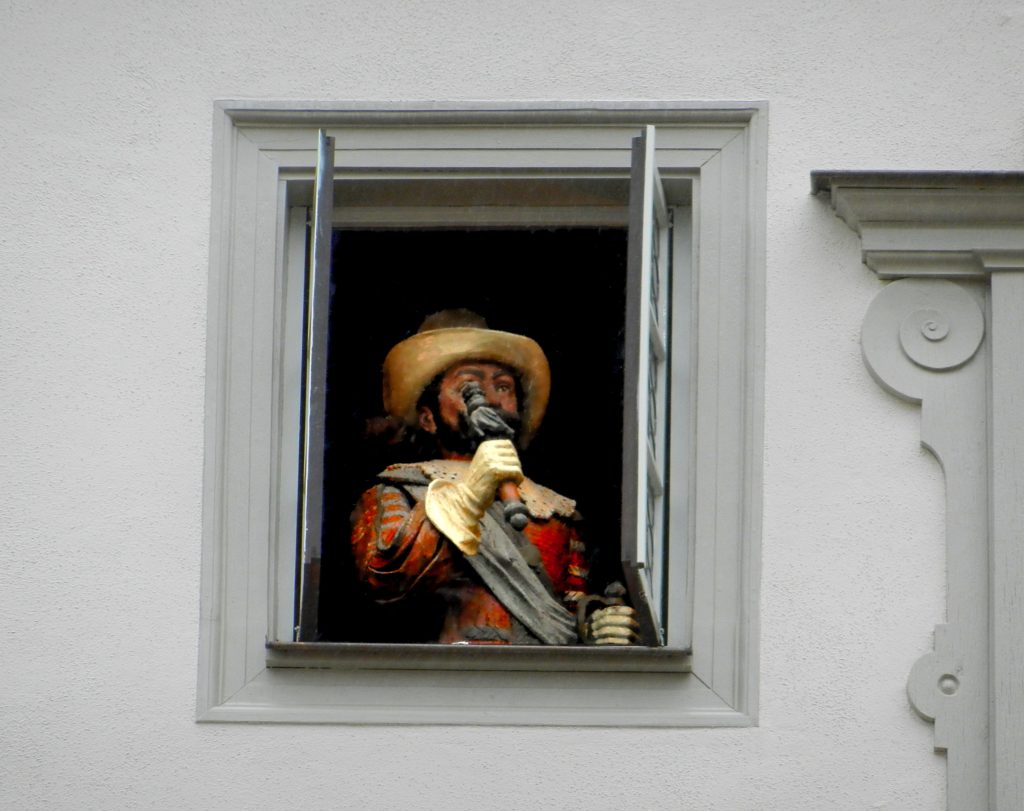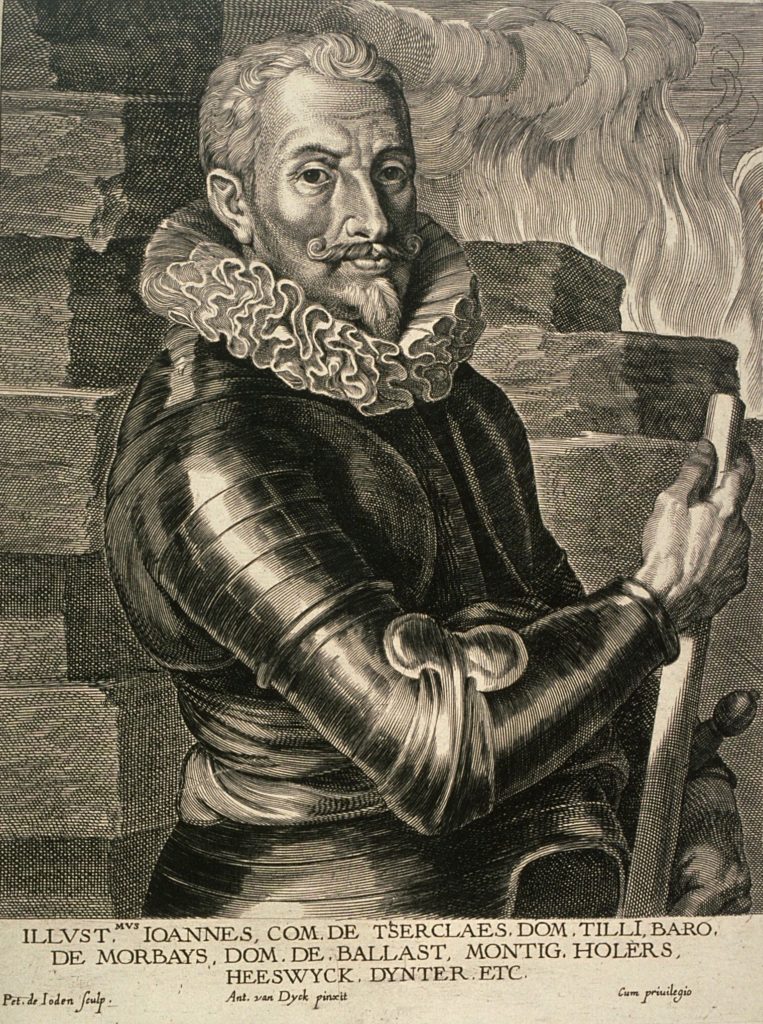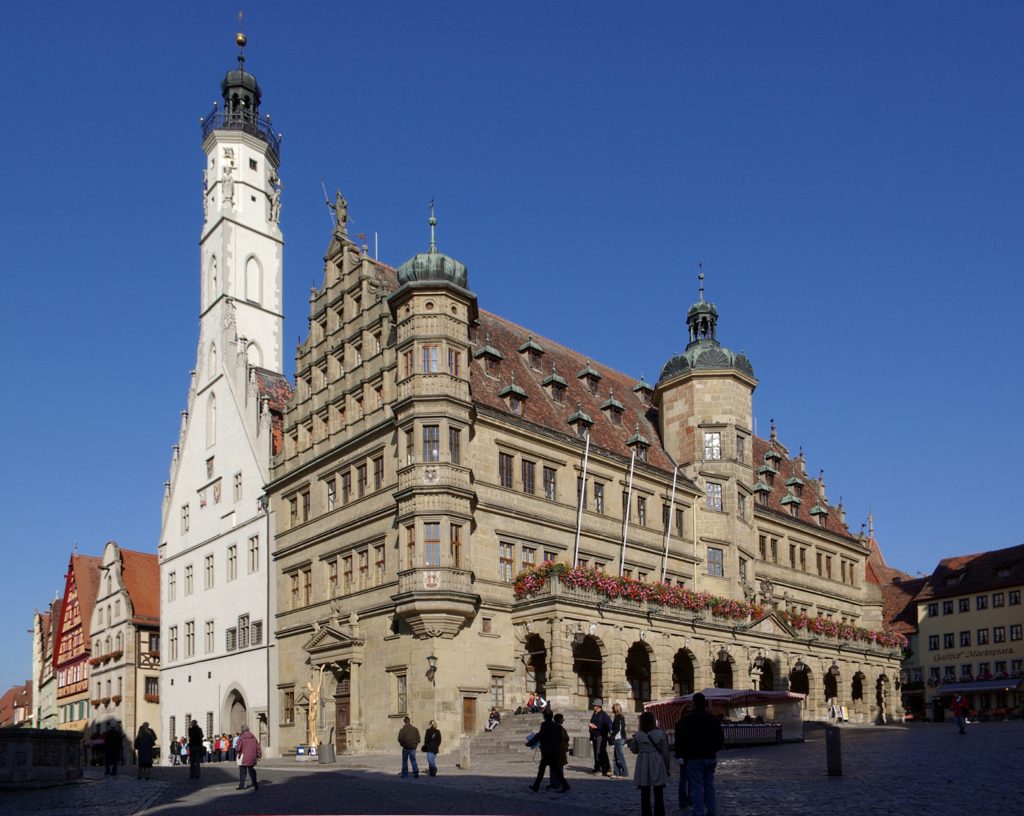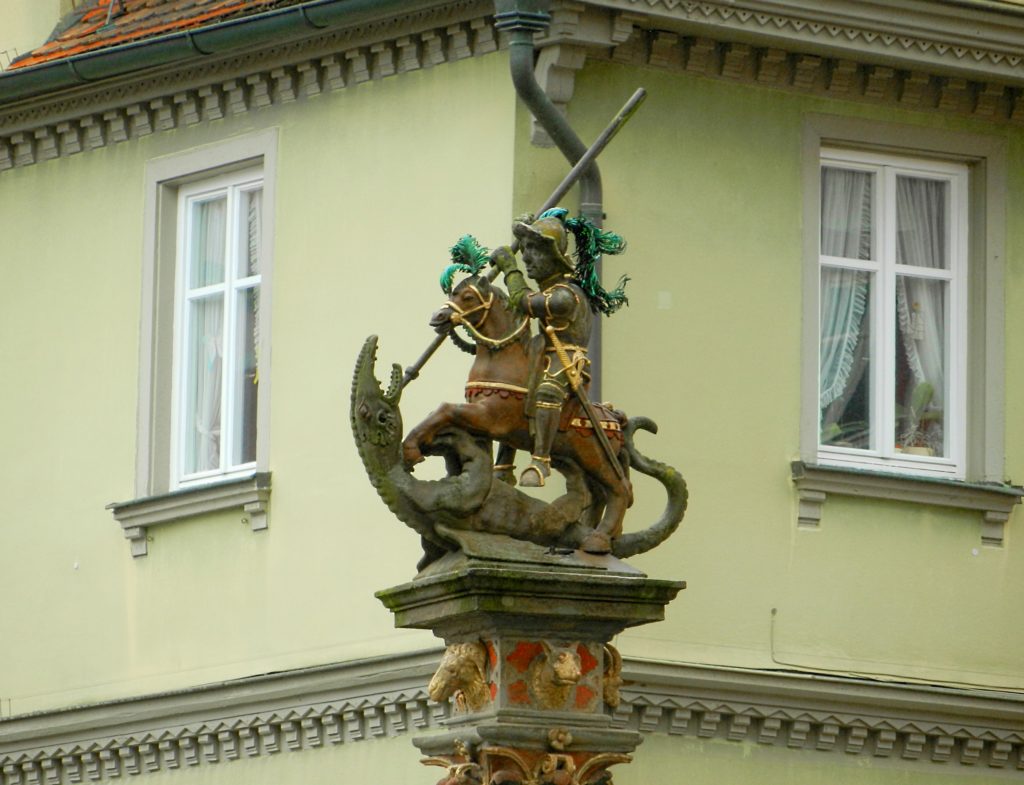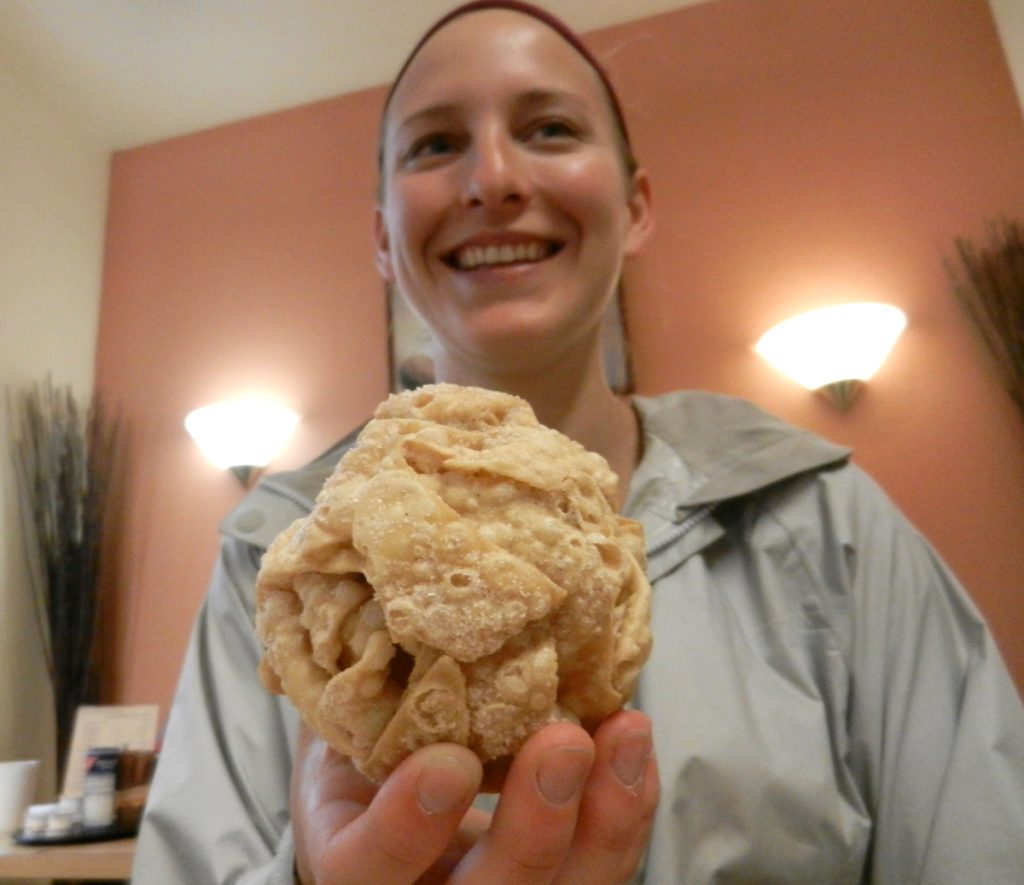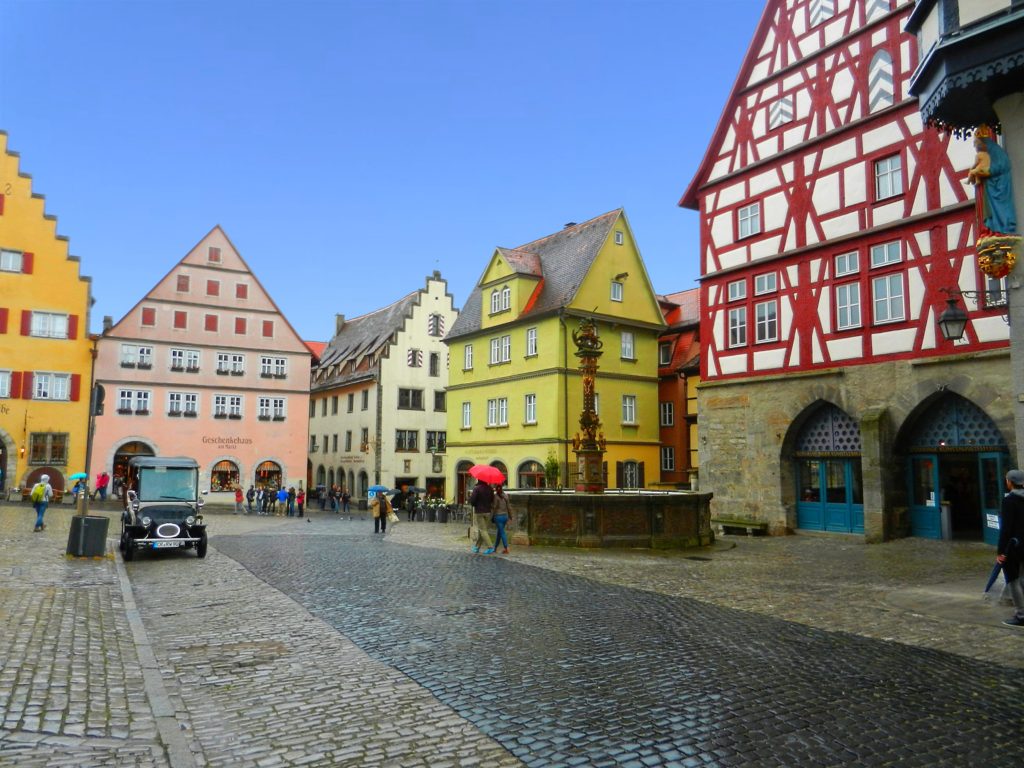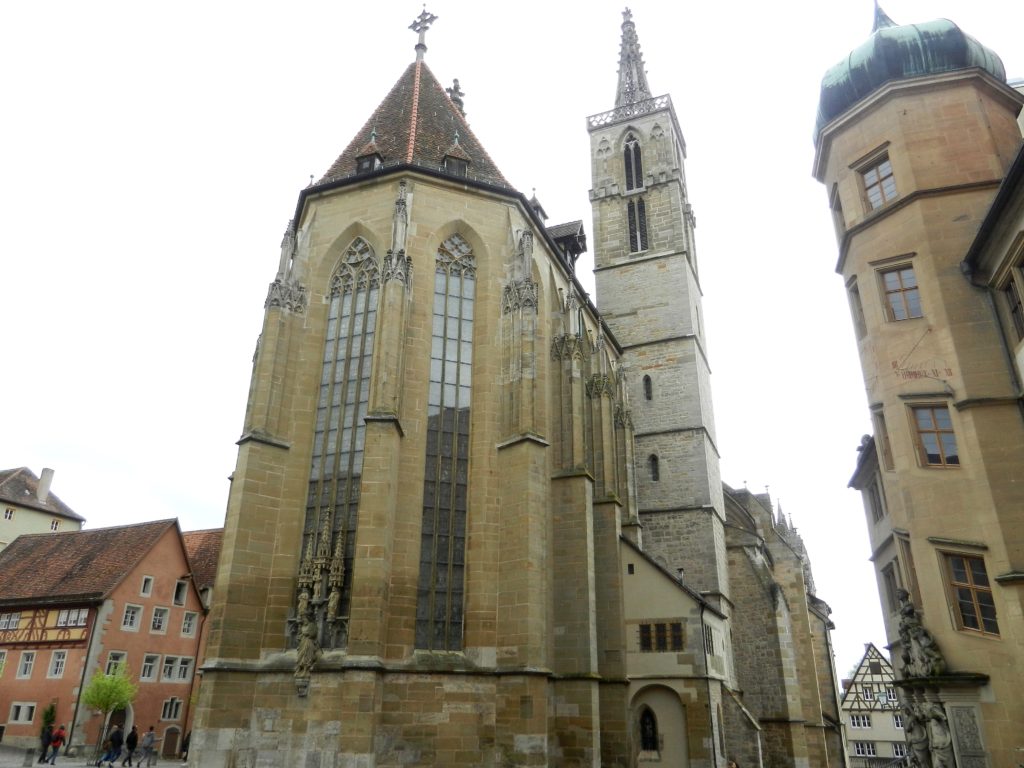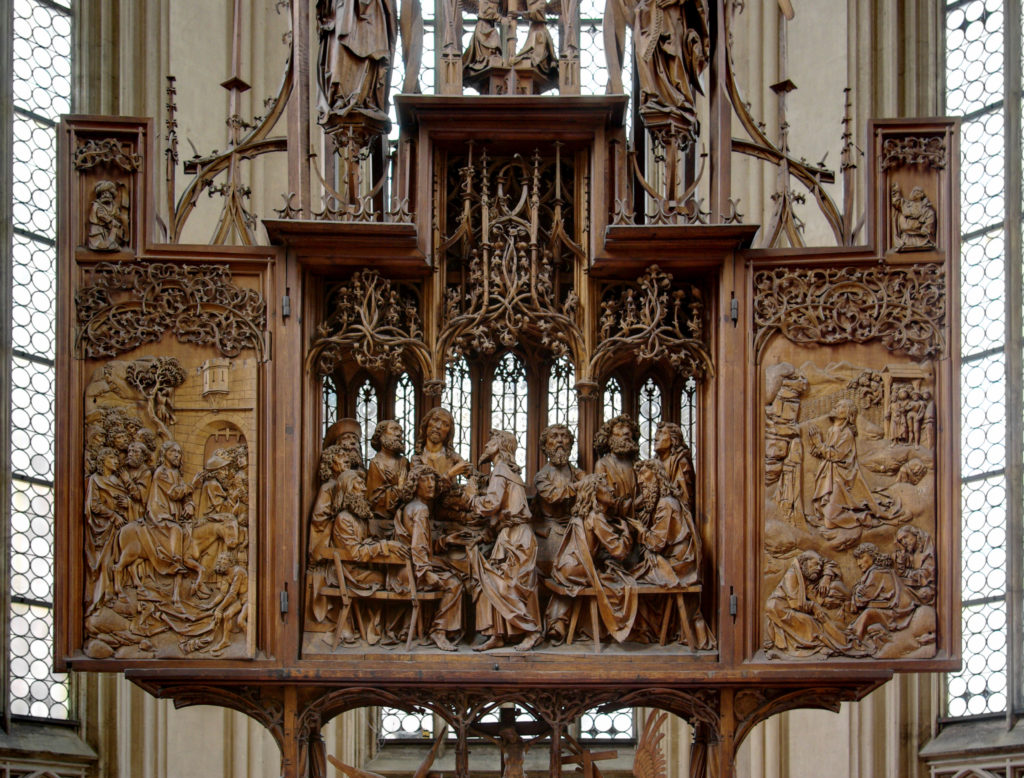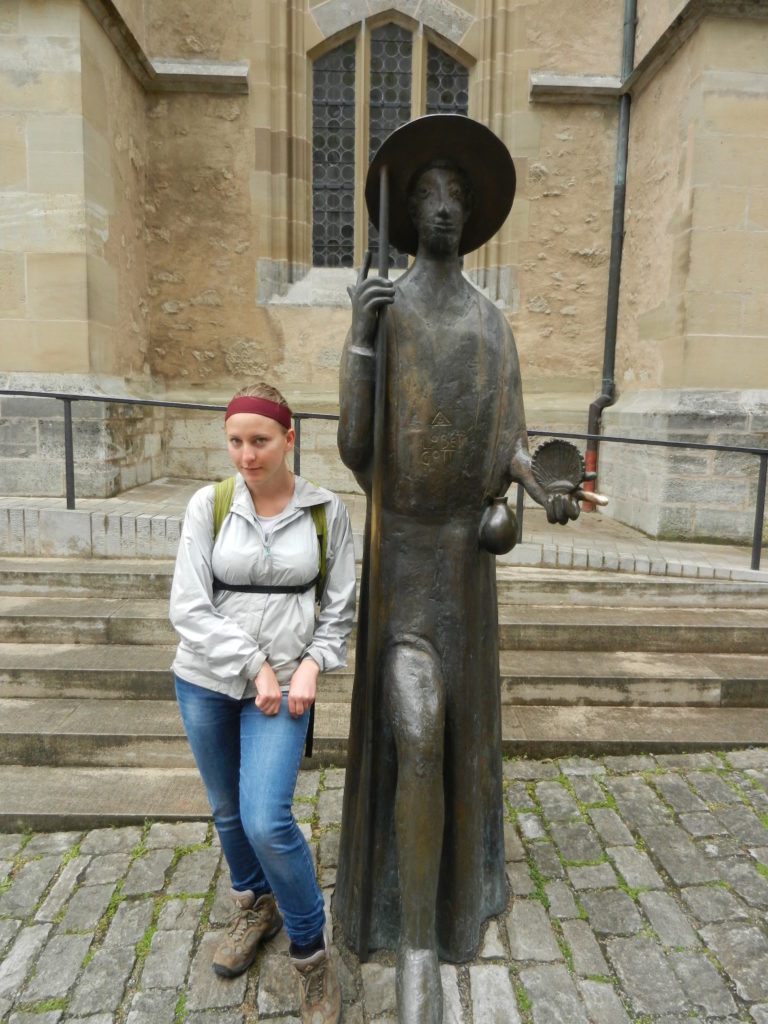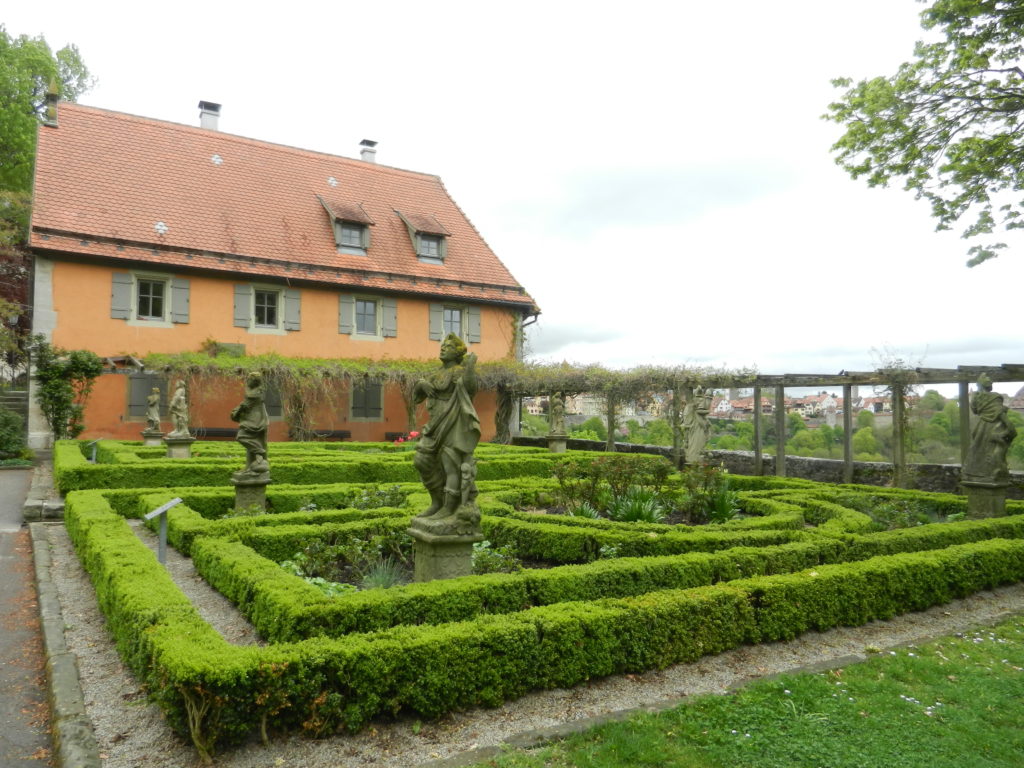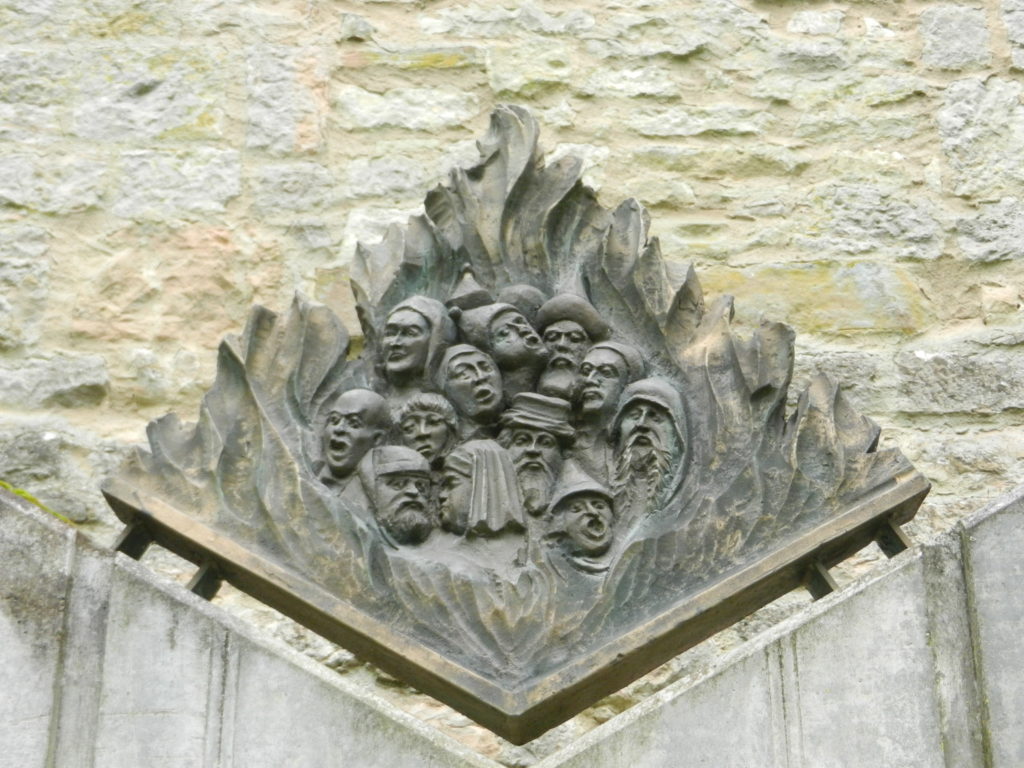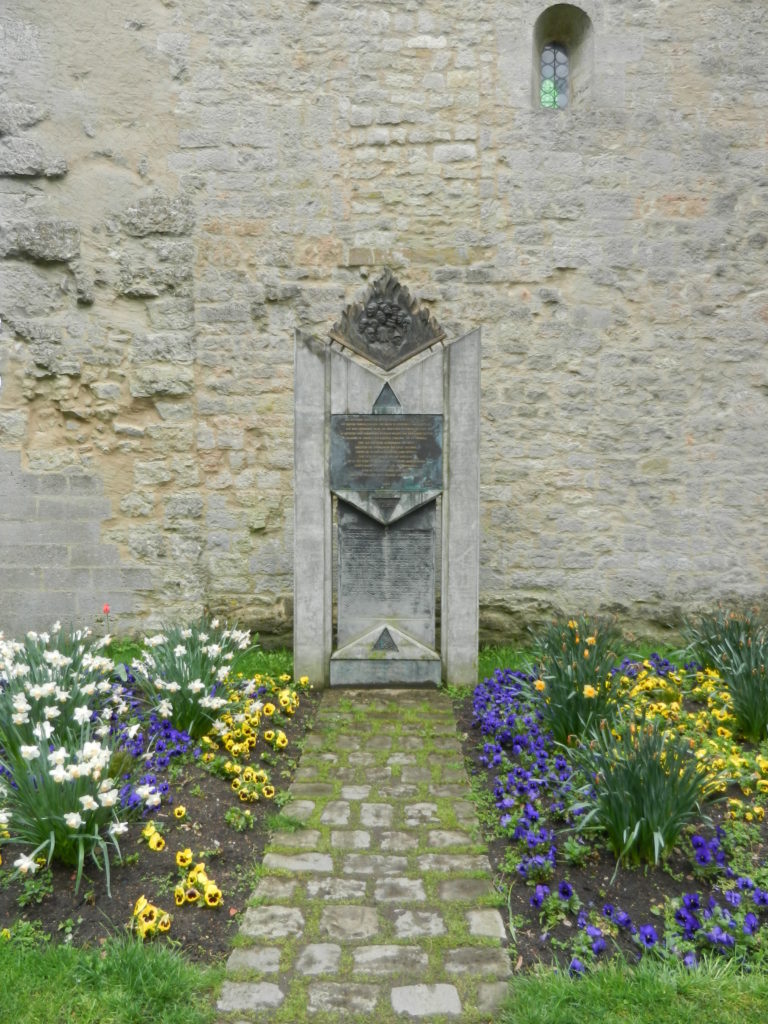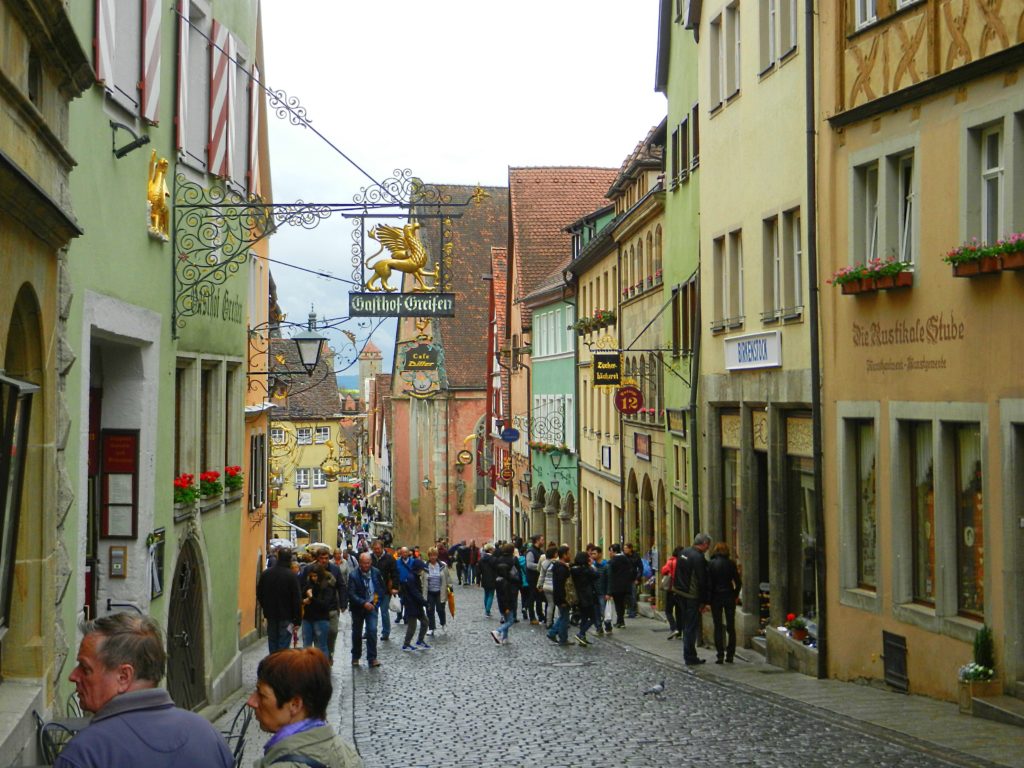If you’re craving the ambience of a quintessential medieval town, look no further. Rothenburg ob der Tauber is a vision straight from the pages of Grimm’s fairy tales. Enter through one of the six gateways and take a stroll along Rothenburg’s rough cobblestone streets. Pass under leaning wattle-and-daub homes with intricate timber frames and terracotta shingles. Climb any one of the stone towers and gaze over a forest of feudal keeps, chimney tops, and church spires. A mix of ancient history and olde tyme fairy tales lie within Rothenburg’s walls, just waiting to be remembered.
During our visit to Rothenburg we were giddy as children at Disneyland. Ashleigh, her brother Braeden and I took a bus from Nuremburg to spend the day in this medieval wonderland. Here was the European village of our dreams; Hansel and Gretel, Cinderella and The Pied Piper brought from fantasy to reality. Thanks to the influence of the Grimm brother’s German folk stories in popular media, the fairy tales of our youths were all set in medieval Germany. Among many others, the movies “Harry Potter and the Deathly Hallows“, “Chitty Chitty Bang Bang“, and “The Wonderful World of the Brothers Grimm” were filmed there. Such as it is, we were overwhelmed with childhood nostalgia as we perused through the avenues of Rothenburg.
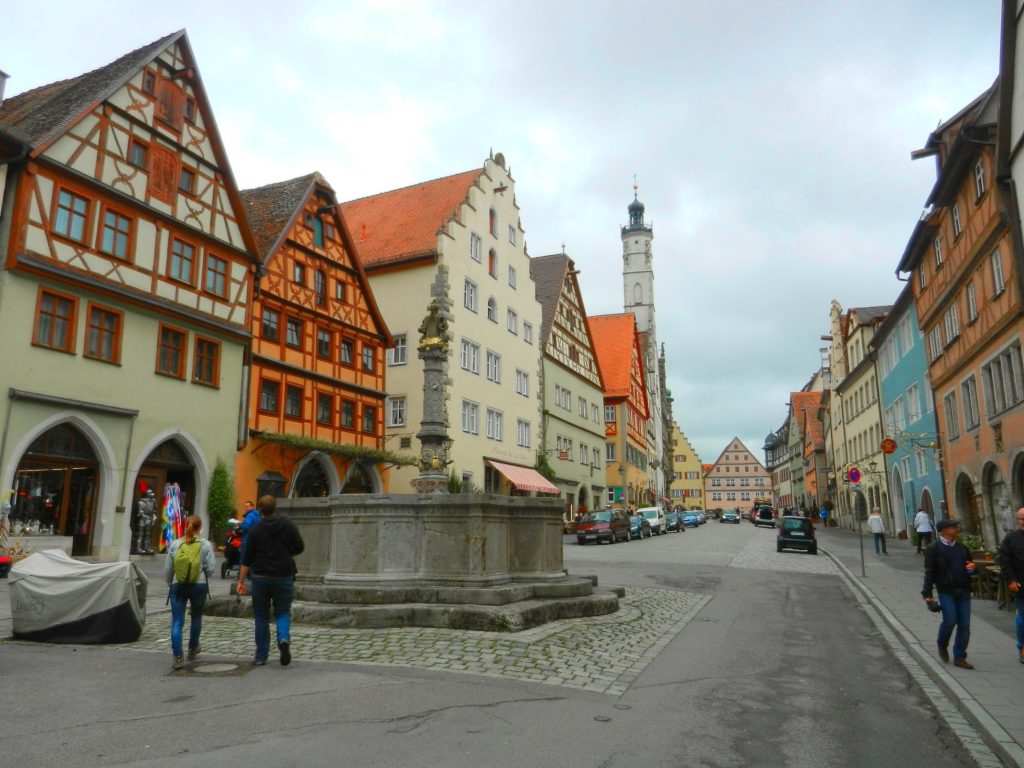
First thing I had to do was walk along the old town wall that girdles Rothenburg. This impressive, 2.5 km bulwark repelled invaders for hundreds of years but was partially destroyed in World War II. The Allied forces bombed Rothenburg in 1945, demolishing 2000 feet of the wall along with nine watchtowers, six public buildings, and 306 homes.
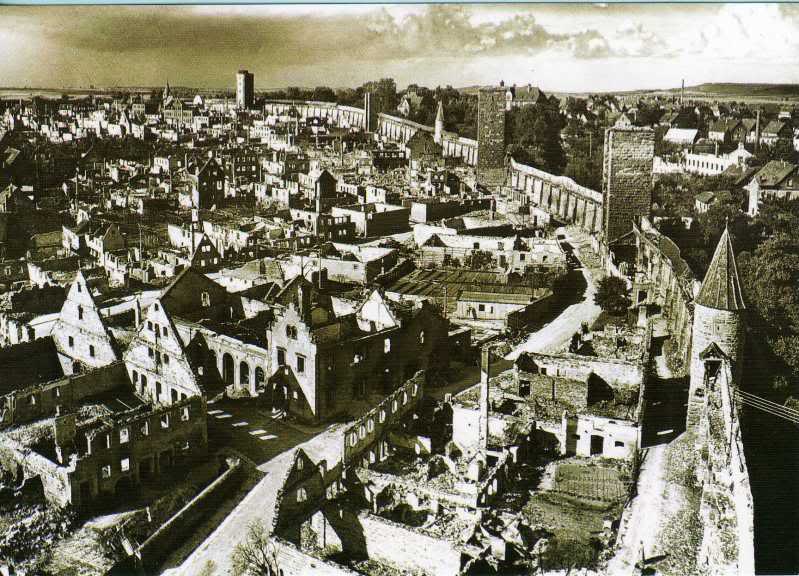
After the bombing raid, Allied powers were scheduled to invade Rothenburg and annihilate what remained of the town. Fortunately, General John McCloy, Assistant Secretary of War, understood the historical value and beauty of Rothenburg. Rather than destroy the town, he attempted to negotiate its surrender with Major Thömmes, the local Nazi commander. Even though Adolf Hitler had ordered every German soldier to fight to the bitter end, Major Thömmes surrendered Rothenburg to Allied forces, avoiding total destruction. Narrowly escaping the fate of so many other bygone wonders, Rothenburg repaired itself with the support of donations from all over the world. Today you can find names of all its donors engraved in stone along the city wall.
Looking out from the wall you can see rolling forests and the Tauber River stretching to the horizon. Homesteads, churches, and patches of farmland dot the landscape. I peered down through the arrow-loops and imagined myself as an chain-mailed soldier, defending my beloved town from invaders. Looking inward from atop the ramparts you can basically get a 360 degree view of the old town. It used to be the second largest municipality of Germany during the middle ages, but the devastation following the Thirty Years War left Rothenburg in destitution for 250 years. Lucky for us, because it was too poor to expand and develop, Rothenburg’s medieval authenticity has been preserved.
After spending half an hour circumnavigating the historic town, we climbed off the wall and clambered into the heart of Rothenburg. Among the countless stone towers, Gothic churches, and Fachwerk homes, a few stood out for us.
It seemed everywhere we looked there was another clock tower, but the most intricate of them all was in Market Square. What looks like three different clocks decorate the facade of what was once the Councillors’ Tavern. One clock shows the day of the month, another the hour, and the last shows the minute. Mechanical wooden figures pop out of the building throughout the day, forever re-enacting the legend of Mayor Nusch. It is said that during the Thirty Years War, Imperial Marshal Tilly besieged and successfully captured Rothenburg ob der Tauber. His plan was to burn it to the ground and execute the towns officials, but upon hearing the pleas for mercy, Tilly instead put forth an impossible test. He challenged any of Rothenburg’s administrators to empty a gallon of wine in one gulp. Mayor Nusch was up to the task, guzzling the wine and forcing Tilly, upon his honour, to spare Rothenburg from destruction and death. The four-day festival of Meistertrunk, the Master Draught, is celebrated every May to commemorate Mayor Nusch’s bravery.
Market Square is also bordered by the grand Rathaus (Town hall), St. George’s fountain, touristy shops, cafes and bakeries. It’s hard not to notice Rothenburg’s somewhat famous Schneeball (“snowball”) pastry, displayed in every bakery window. All different colours, shapes and sizes, you cannot resist a tasty Schneeball. Delicious fried dough rolled up and sprinkled with icing sugar, this has been a favourite Bavarian treat for 300 years. But how does one eat it?
A short walk away from Market Square is St. Jakob’s Church, emerging like an obelisk in the townscape. The most important church in Rothenburg contains holy relics and sacred artifacts, including the marvellous Altar of Holy Blood. The altar is a 35 foot high masterpiece carved in 1499, depicting scenes from the New Testament. In the centre of this divine altar is a crystal said to contain three drops of Christ’s blood. Like most cathedrals across Europe, Jakob’s Church took hundreds of years to build and has been an significant holy site for catholic pilgrims across the continent.
Walking south from Market Square along Schmeidgasse you will eventually come to a cross street translated as Little Square. This quaint plaza, lovingly called Plönlein, is probably the most famous picture of Rothenburg. I’m not normally the one to say this, but its just so dang cute. Half timbered buildings with a fountain in front, hanging trade signs and lamps, framed by Kobolzeller and Sieber towers, it all adds to that sugary, fairy-tale bliss.

And yet, as it is for all things beautiful there is an ugly side to Rothenburg. If you make your way to the western outskirts of the town you will come across the castle gardens, where an ancient fortress used to stand. Close to the Chapel of St. Blaise is a memorial depicting villagers being burnt alive. The Pogram Memorial Stone tells the story of Rintfleisch, an impoverished nobleman, who started a series of uprisings across Franconia persecuting Jews. In July of 1298, Rintfleisch and his mob corralled the Jewish Rothenburg citizens into the old castle and set it aflame. 450 Jews burnt to death that day, and 5000 in all Franconia because of Rintfleisch, but that wasn’t the end. In 1336, 1338, and 1342 more uprisings occurred in which the Jews, who had just moved back in, were murdered or driven from the city. In 1348, accused of causing the Bubonic plague, they were chased out again.
Time heals all and the Jewish community eventually came back to Rothenburg. Surely the time of Jewish persecution was over! Unfortunately, in 1520 a fiery preacher named Johann Teuschlein incited another bout of anti-Jewish hysteria, expelling Jews from Rothenburg for the next 350 years. At long last, in 1872, equality was granted between Christians and Jews and the Jewish people were allowed to settle anywhere in Bavaria. After over 500 years of Jewish persecution, the nightmare seemed to be finally over.
Then came the Nazis and their Reichspogromnacht. Hitler loved Rothenburg. During the Nazi regime, Rothenburg ob der Tauber became a model for the Nazi utopia. Regular day trips from all across the Reich were coordinated by the Nazi organisation, “Kraft durch Freude” (Strength through Joy). Hitler saw Rothenburg as an idealized German community, and the citizens sought to make it so. In 1938 the rest of the Jews were expelled (yet again) and Rothenburg was officially declared “Free of Jews”, much to the approval of the Nazis. This was a dark period in the history of Rothenburg, hard to imagine when you visit now and find yourself surrounded by tourists from around the world.
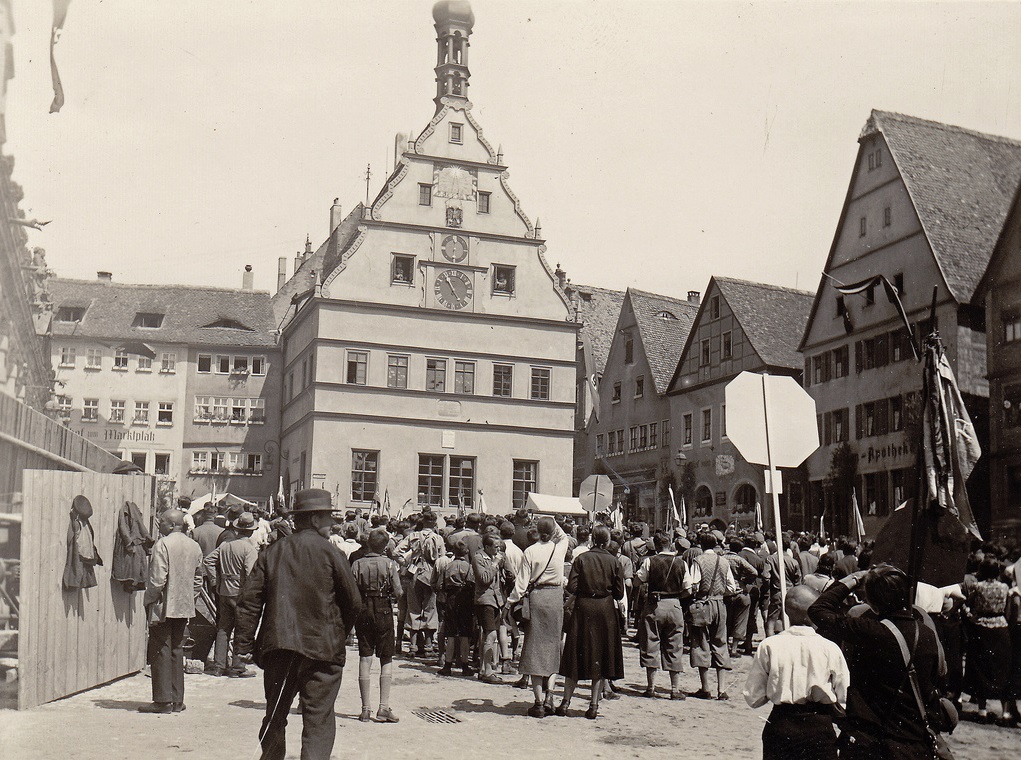
The charming town of Rothenburg ob der Tauber has been remarkably preserved over the centuries. Perhaps its beauty alone has prevented annihilation in the hands of its enemies. Though not all such grandeur has been spared, fate has smiled on Rothenburg. It avoided demolition during the 30 years war in the hands of Imperial Marshal Tilly– perhaps owed to Mayor Nusch’s obscene drinking habits. Even in World War II Rothenburg was spared thanks to John Mcloy’s respect for the town and Major Thömmes’ wise surrender. True, it has suffered through plague and devastation, it has been a site of racial/religious persecution, but Rothenburg shines through all of this and will continue to inspire child-like wonder for years to come.

